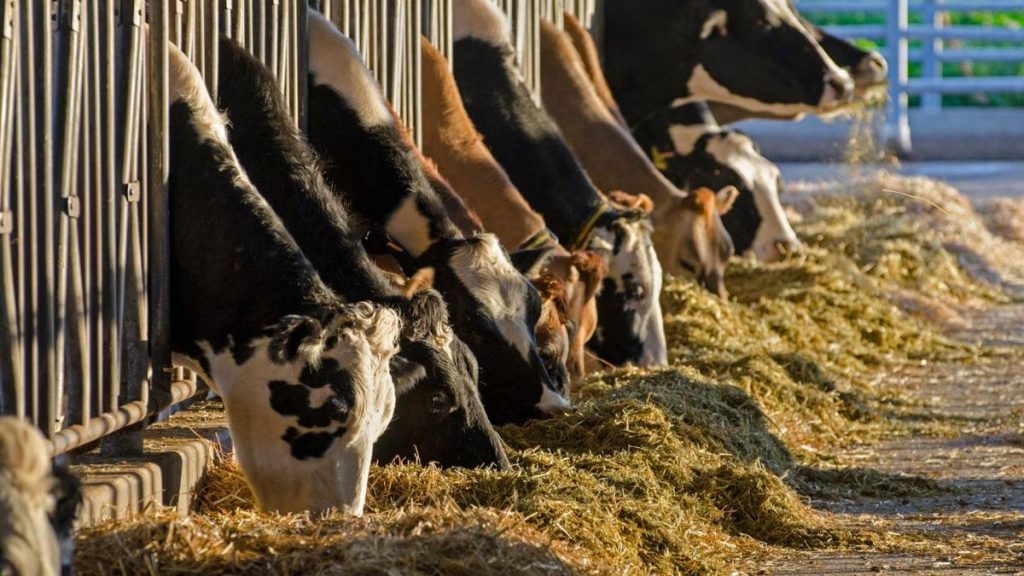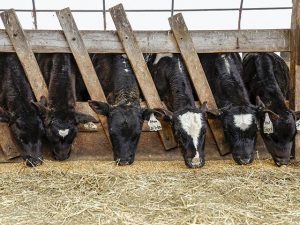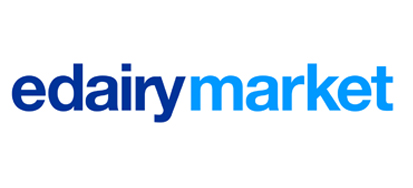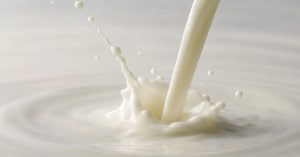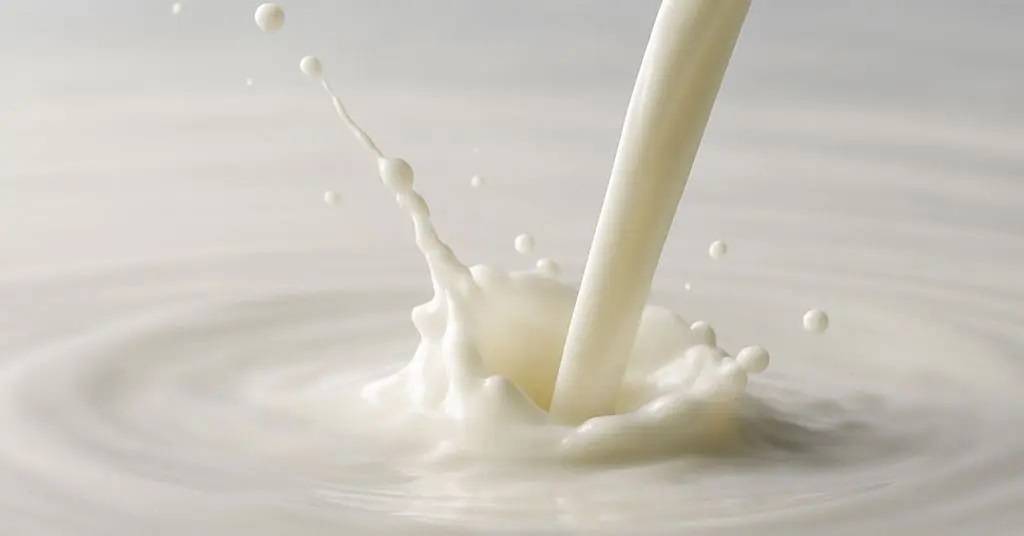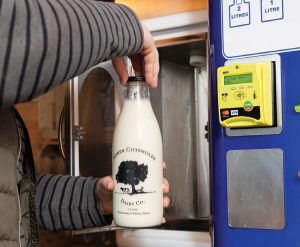
“Something interesting has been happening over the last several years since the COVID pandemic,” Laine said. “We are outputting the same amount of milk but with fewer cows. However, we are continuing to grow in output in terms of our components. Going forward, we are going to be talking more about component growth.”
Milk components are tallied by things like milkfat and protein elements from milk that make products like whey and cheese.
In 2023, the U.S. produced 225 billion pounds of fluid milk, and of that, nearly 500 million pounds came from states like Montana, with the state producing 226,311 pounds.
According to the USDA, there were 9,000 milk cows in Montana in 2024 that supply much of the milk consumed in the state. Montana has a unique 12-day sell-by date for milk, which can make it difficult for out-of-state milk to compete in the market. Raw milk also became legal in Montana in 2021 through the Montana Local Food Choice Act (MLFCA), which allows “small dairies” (no more than five lactating cows or 10 goats/sheep) to sell raw milk or cream directly to “informed end consumers” but not retail establishments.
As with demand for raw milk, a shift in consumer preferences towards components is changing the market and producers have responded to the new demand.
“Most producers are paid for the pounds of components versus the milk itself,” Laine explained. “Cooperatives and other milk buyers put a limit on how much milk they were willing to take from producers when markets were in a surplus. So, producers have worked to maximize the component levels in their milk without going over their allowable base volume of milk.
“Consumers have also shifted their preferences to dairy products like cheese rather than fluid milk. Components are the key to making these products and strong demand has pushed their value higher,” he added.
Fluid milk consumption has actually been dropping since the 1970s, and preferences for milk products tend to change as the consumer gets older.
“The U.S. population is aging, which has important implications for component demand,” Laine said. “The U.S. Census Bureau projects that from 2020 to 2050, the 70-79 and 80-and-older cohorts will see a surge in their numbers. As people age, the types of products they demand change. For example, ice cream becomes popular again with those near retirement age.”
By shifting towards component production, U.S. dairy producers are ensuring they are staying competitive on the global market.
“Nearly 20 percent of U.S. milk production is exported to global markets, largely driven by skim solids, which have more value in export markets than domestically,” Laine said. “The U.S. and the European Union (EU) are major competitors in global dairy markets, and both have seen milk production stagnate in recent years. But the growth in component output sets the U.S. apart. Milkfat tests in the U.S. rose to 4.22 percent in 2024 from 3.95 percent in 2020, compared with the EU, which held steady right around 4 percent. This positions the U.S. well to be able to serve growing global demand and continue to gain market share.”
By shifting the metric for assessing how dairy is doing in the U.S. from milk prices to component prices, those following the market are likely to have a more realistic picture in the future, Laine noted.
“Maximizing profit no longer means maximizing the number of cows you’re milking or rolling herd average alone. More important is producing higher component levels, because despite the fact that everyone talks about a ‘milk price,’ producers get paid for the pounds of components and the value of each of those components,” he said. “By optimizing component production, dairy producers can better meet market demands, enhance profitability, and ensure long-term success in a competitive and dynamic industry. Embracing this approach will allow producers to stay ahead of industry trends and capitalize on the growing value of milk components.”
You can now read the most important #news on #eDairyNews #Whatsapp channels!!!
🇺🇸 eDairy News INGLÊS: https://whatsapp.com/channel/0029VaKsjzGDTkJyIN6hcP1K
